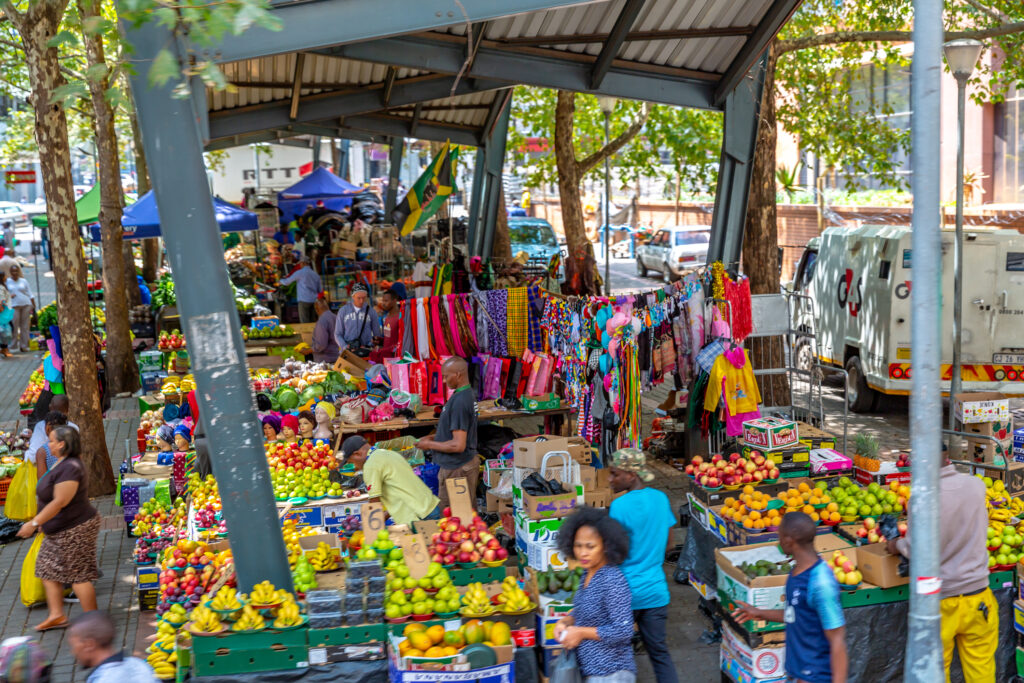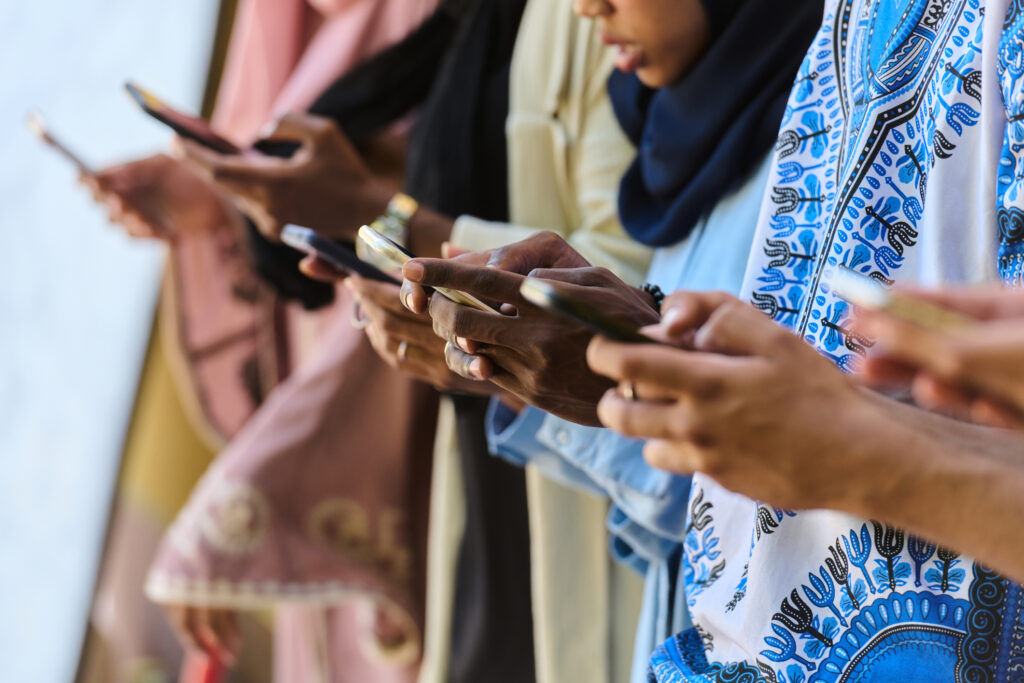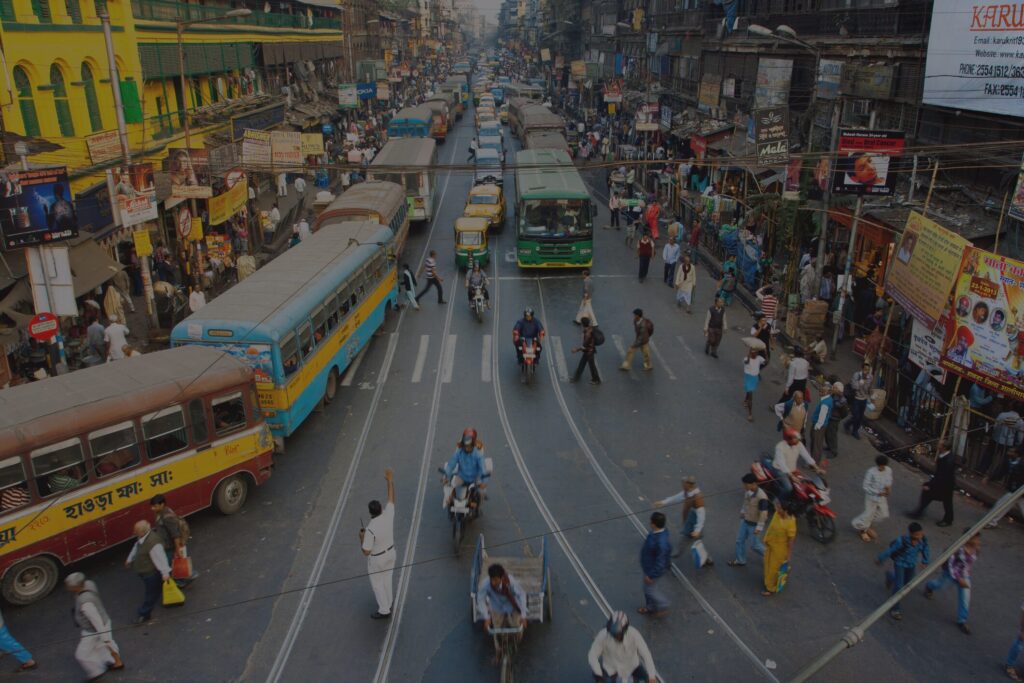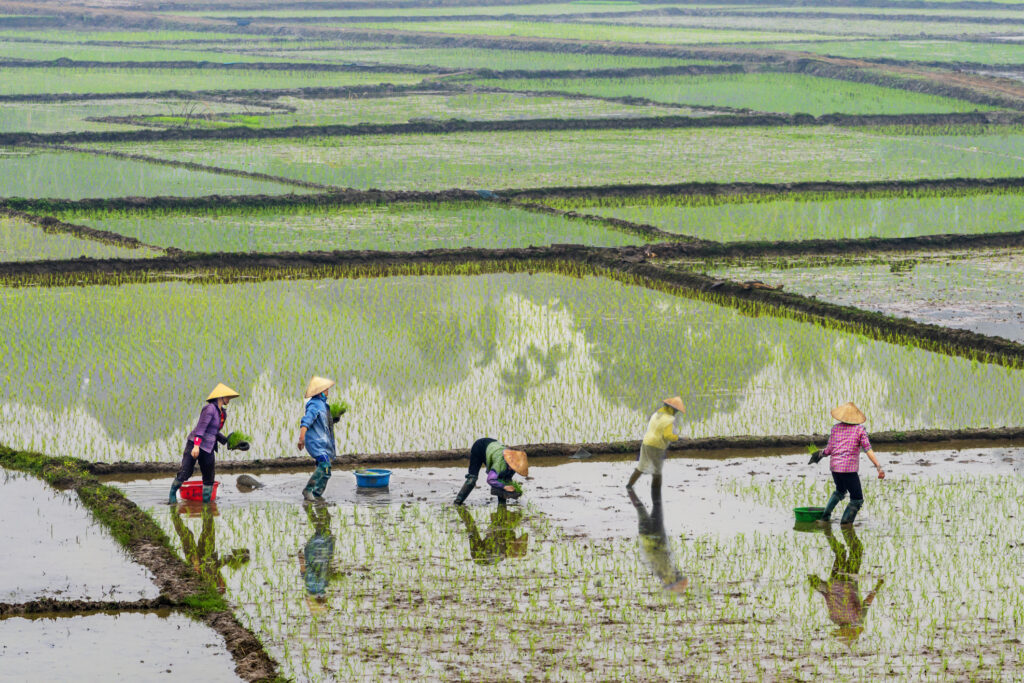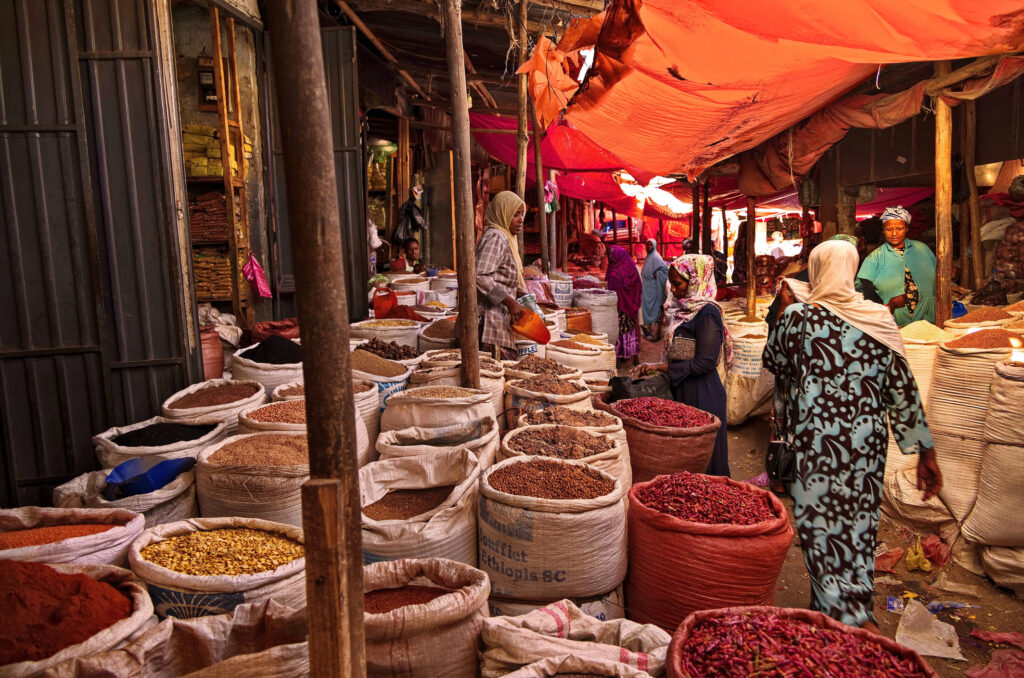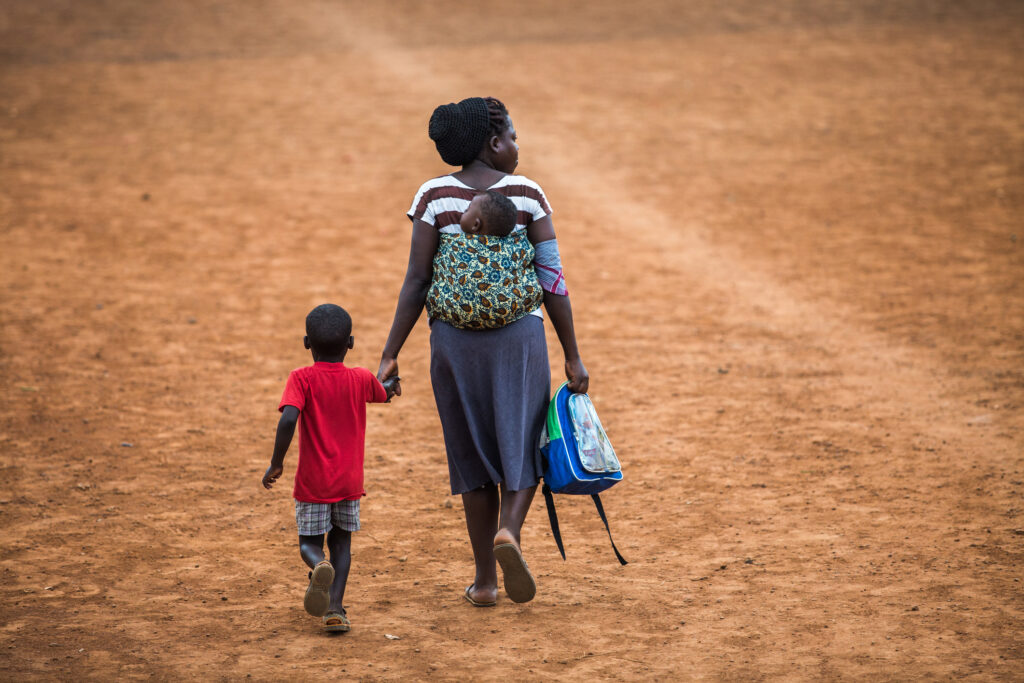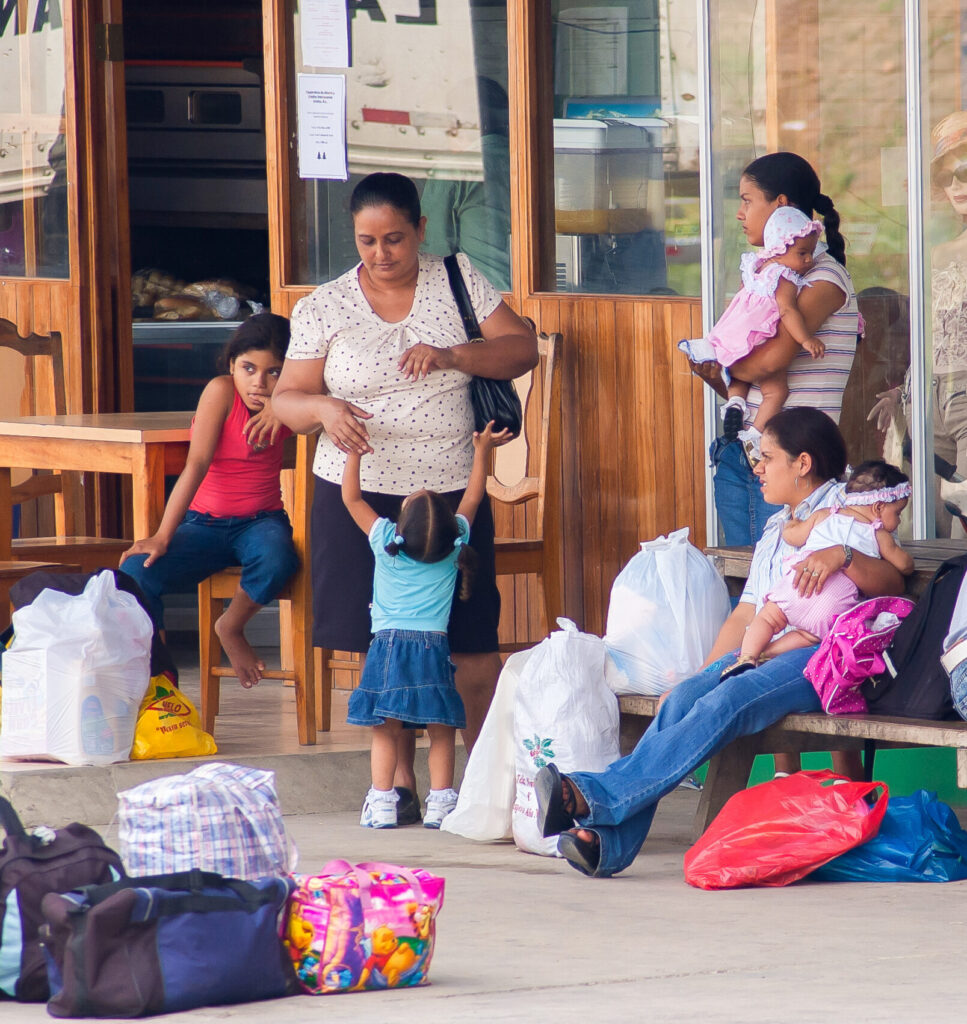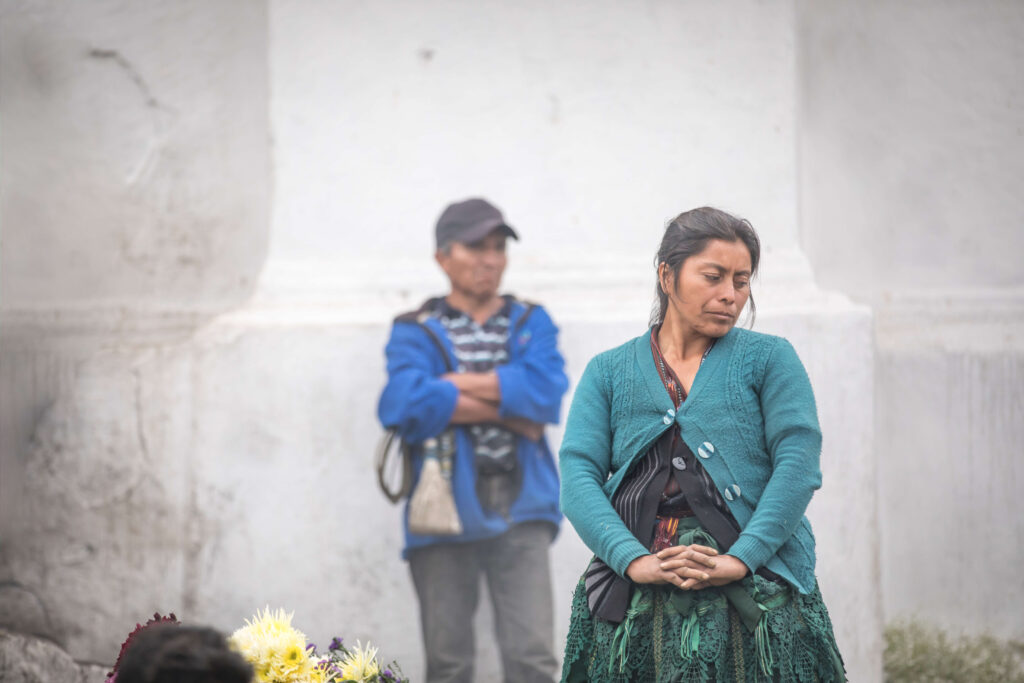
“My husband wanted to start a small business but he could not get a big enough loan from the cooperative and did not qualify for a bank loan. The coyote, however, had no problem giving him a large loan to take him to America. My husband sends me money every month and I take the cash to the coyote to repay the loan.”
– Anonymous woman from Santa Apolonia, Guatemala
Immigration to the United States from Guatemala is motivated by a myriad of factors, including rising rates of local violence and climate-change induced impacts on agriculture, but the main accelerant is extreme poverty without prospects for economic mobility. Guatemalans view the enormous potential for economic opportunity abroad as a pull factor, especially in contrast to the limited financial prospects that they face at home. This presents the financial sector in Guatemala with both the opportunity and imperative to support Guatemalans hoping to build and maintain wealth in their home country. This blog shares how the United States Agency for International Development (USAID) is helping deepen financial access and usage among low-income and marginalized Guatemalans to create more economic opportunities within their communities.
Guatemala has the largest economy in Central America, an achievement fueled primarily by agricultural production, as the nation produces and exports some of the highest quality coffee and spices in the world. Guatemala also has rich cultural diversity, with a population of over 18 million, over 40 percent of whom identify as one of the country’s more than 20 Indigenous communities.
The financial sector in Guatemala has the opportunity and imperative to support Guatemalans hoping to build and maintain wealth in their home country.
Despite its rich culture and economic standing in the region, Guatemala has high social inequity, including a poverty rate of 52.4 percent, which has been further exacerbated by factors such as climate change and COVID-19-induced economic shocks. The country’s economy benefits from significant remittance inflows—which make up 18 percent of the country’s GDP—but this has yet to translate into significant reductions in poverty. In terms of financial access, according to the latest Findex Data from 2022, only 35 percent of adults have access to formal bank accounts, down nine percent from 2017 when 44 percent of adults had an account. The gender gap is six percent: 34 percent of women had an account in 2022 versus 40 percent of men, a one percent increase in the gender gap from 2017 when it was five percent. Many do not rely on formal lending sources, with only 11 percent of adults borrowing from a financial institution last year. The Center for Financial Inclusion wrote about the potential for financial services to support rural opportunities in Guatemala.
To break the poverty cycle in Guatemala, low-income families need access to financial services that will build and protect their wealth, enabling them to be more resilient in the face of climate-induced economic shocks and other unanticipated crises. Presently, low-income earners primarily interact with formal financial service providers, including banks, in an over-the-counter (OTC) manner, to cash out remittances without accessing the full suite of benefits that digital financial services can offer such as lower costs, higher speed, and security, as well as building a credit history to access loans.
As smartphone ownership rises in countries around the world, digital financial services (DFS) are a more efficient way to support low-income earners in wealth creation and management by offering convenience, cost savings, economic security, and broad accessibility—and removing the need to go to a physical bank or financial institution. Unfortunately, these service offerings are nascent in Guatemala—and even more so in the country’s rural areas. For example, according to the latest Findex, just 26 percent of adults made or received a digital payment in the last year—a low rate even in comparison to neighboring countries such as El Salvador (28%) and Honduras (32%). While DFS are gaining traction in Guatemala, more work needs to be done to make them accessible, practical, and useful to a broader consumer group.
While DFS are gaining traction in Guatemala, more work needs to be done to make them accessible, practical, and useful to a broader consumer group.
In partnership with DAI’s Digital Frontiers and ConsumerCentrix, USAID recently conducted qualitative customer market research to offer the Guatemalan financial sector concrete recommendations on how it might leverage DFS to positively impact the financial security of low-income and marginalized populations in Guatemala. This research, conducted with 112 participants in Guatemala City, Quiché, and Chimaltenango, identified clear segments and sustainable commercial potential, debunking common misunderstandings about the needs and demands of financially underserved Guatemalans.
Here are a few key findings:
While low-income communities are among the clientele of established providers, banks tend not to treat these communities as strategically critical customer segments deserving of tailored services.
Most banks mainly offer OTC services to low-income populations, failing to transition these customers to full account holders. The few banks that dominate the financial sector provide bank accounts to only four million people out of the country’s over 18 million population. They offer banking OTC to about five million remittance receivers and one million government-to-person (G2P) and humanitarian aid recipients. Tigo Money, the mobile money provider, offers OTC services to about 700,000 people. The main financial account providers are rural cooperatives, which have about three million clients, and microfinance institutions, which serve about half a million primarily urban clients.
A widely-held assumption among financial institutions—that low confidence and limited education are the main barriers to access and use among low-income individuals—is not backed by evidence.
Providers name literacy, confidence, and aversion to formal financial services as the primary reasons why low-income earners are not formally banked. Yet this study demonstrated that poor customer service, including non-transparent banking fees, which is closely related to low trust in the financial sector, is a major issue alongside stringent requirements for accessing credit—a need among those looking to build a better future for themselves.
Latent demand for formal finance exists, and there is awareness of and openness to using digital channels for financial transactions.
Research participants across all age groups and localities have smartphones and sufficient network connectivity to access DFS. Research found that digital financial literacy is present, particularly among younger segments, and that these segments can and are willing to support their older relatives in using technology. While concerns exist around protecting their security and making mistakes online, there is a shared understanding among participants that DFS is the future, and they are open to using DFS where it can save time and money. Most existing users have prior experiences with bank and cooperative mobile banking applications, generally as complementary to an account. There is little to no awareness of other DFS solutions or even how mobile banking applications could be used more broadly—representing a real opportunity for the financial sector.
There is little to no awareness of other DFS solutions or even how mobile banking applications could be used more broadly—representing a real opportunity for the financial sector.
Considering the nascent status of digital finance in Guatemala, financial service providers can start by tailoring products to the most viable segments to first create a critical mass before reaching out to those most in need: the lowest income and most rural consumers. Using criteria around population size, aggregation potential, income regularity, and digital readiness, the research identified two consumer segments with the strongest opportunities for DFS with the most potential use cases, regular income flows, and capacity for aggregation: 1) domestic remittance senders (such as domestic workers) and their recipients, and 2) international remittance recipients.
Research showed opportunities in digitizing domestic remittance transfers and receipt of international remittances to an account that can be used for a broader set of financial needs including utility payments, savings, and credit facilities based on remittance flows to be used for a microbusiness or household needs.
Low-income and vulnerable Guatemalans need financial products that help them manage their variable cash flows and to manage risks, including those arising from climate change, and to help them access more economic opportunities. You can read more insights about this work in the full report, Digital Financial Services Market Assessment which outlines these DFS opportunities in greater detail.


